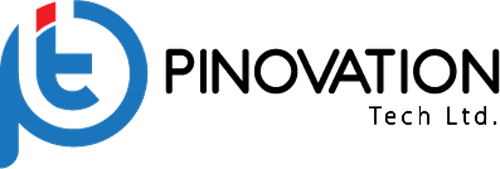Introduction:
In the ever-evolving landscape of business operations, staying competitive requires organizations to adopt innovative solutions that streamline processes, enhance efficiency, and provide real-time insights. Enterprise Resource Planning (ERP) software has emerged as a comprehensive solution to address these challenges, offering a unified platform to integrate and manage various business functions seamlessly. In this blog post, we will delve into the key aspects of ERP software, its benefits, and how it transforms the way organizations operate.
I. Understanding ERP Software:
ERP software is a centralized system that integrates core business processes and functions, enabling real-time collaboration and data flow across an organization. From finance and human resources to supply chain management and customer relationship management, ERP brings together diverse functionalities into a unified platform. This holistic approach facilitates better decision-making, improves communication, and enhances overall organizational efficiency.
II. Key Features of ERP Software:
Integration of Business Processes:
ERP software breaks down silos by connecting different departments and functions within an organization. This integration ensures that data is consistent and accessible across the board, eliminating redundancies and improving data accuracy.
Real-Time Data and Analytics:
One of the standout features of ERP is its ability to provide real-time insights. Organizations can make informed decisions based on up-to-date information, enabling agility and responsiveness to market changes.
Automation of Repetitive Tasks:
ERP automates routine tasks, reducing manual effort and the risk of errors. This not only increases operational efficiency but also allows employees to focus on more strategic, value-added activities.
Scalability:
As businesses grow, their needs evolve. ERP software is designed to be scalable, accommodating the changing requirements of an organization. This adaptability ensures that the software remains a valuable asset as the business expands.
III. Benefits of ERP Software:
Improved Efficiency:
By streamlining processes and automating tasks, ERP software significantly enhances operational efficiency. This results in reduced lead times, faster decision-making, and an overall increase in productivity.
Enhanced Data Accuracy:
Centralized data management ensures that information is consistent and accurate across all departments. This not only reduces the risk of errors but also provides a reliable foundation for decision-making.
Better Customer Service:
ERP software enables organizations to have a 360-degree view of customer interactions. This holistic perspective allows businesses to provide better customer service by understanding customer needs and preferences.
Cost Savings:
Automation, efficiency improvements, and better resource utilization contribute to cost savings for organizations implementing ERP. Over time, the initial investment in ERP software is often outweighed by the long-term benefits.
IV. Overcoming Implementation Challenges:
While the advantages of ERP software are significant, it’s crucial to acknowledge that implementing such a comprehensive system comes with its challenges. Ensuring effective change management, providing adequate training, and selecting the right ERP solution for specific business needs are critical steps to overcome potential obstacles.
Conclusion:
In a dynamic business environment, ERP software stands out as a powerful tool that empowers organizations to thrive. From optimizing processes to providing actionable insights, the comprehensive nature of ERP software makes it an indispensable asset for businesses seeking sustainable growth and competitive advantage. By embracing ERP, organizations can navigate the complexities of modern business with confidence, agility, and efficiency.


